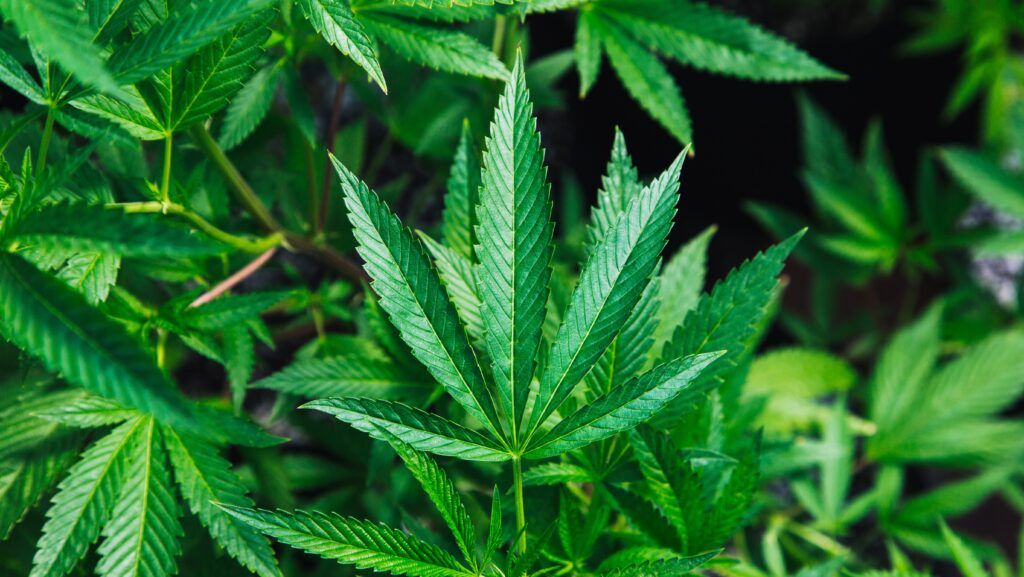Exercise Performance and Cannabis: A Complex Relationship

The relationship between cannabis use and exercise performance is multifaceted and continues to be a topic of considerable debate and research. Cannabis, known for its psychoactive and therapeutic effects, interacts with the body’s endocannabinoid system, which plays a role in regulating various physiological processes, including mood, appetite, and pain perception. These interactions can have both positive and negative implications for physical performance, depending on the type of exercise, the individual’s tolerance, and the specific cannabinoids involved.
Studies on the impact of cannabis on endurance activities such as running or cycling show mixed results. Some athletes report that cannabis helps them enter a “flow state,” enhancing focus and reducing the perception of pain and fatigue, potentially extending their performance duration. However, scientific research presents a more detailed picture. A study published in the Journal of Science and Medicine in Sport found that while some users experienced enhanced pleasure and reduced anxiety during exercise, cannabis generally impaired physical performance by increasing heart rate and reducing maximal aerobic capacity. Therefore, while subjective experiences might be positive, objective measures often indicate a detrimental effect on endurance.
When it comes to strength and coordination, cannabis’s impact appears more uniformly negative. THC, the psychoactive component of cannabis, can impair motor control, reaction time, and cognitive function, all of which are crucial for exercises requiring precision and power. Research in the Clinical Journal of Sport Medicine demonstrated that cannabis use before strength training could lead to decreased performance, an increased risk of injury, and impaired post-exercise recovery. Additionally, coordination-heavy sports such as gymnastics or martial arts may see a decline in performance due to the altered perception and delayed response times induced by cannabis use.
Motivation is another critical factor in exercise performance that cannabis can influence. While some users claim that cannabis enhances their motivation by making exercise more enjoyable, others report the opposite effect. A study in the American Journal of Epidemiology noted that chronic cannabis users might experience a decrease in overall physical activity levels, attributed to the drug’s sedative effects and potential to induce a state of lethargy. However, this varies significantly among individuals, with some using cannabis as a tool to overcome workout-related anxiety and boredom.
The effects of cannabis on exercise performance are highly individualized and context-dependent. While some athletes may find subjective benefits in terms of enjoyment and pain management, the overall scientific consensus suggests that cannabis use can impair key aspects of physical performance, including endurance, strength, coordination, and motivation. As research continues to progress, athletes and fitness enthusiasts must consider both the potential benefits and drawbacks of incorporating cannabis into their exercise routines, ideally under medical guidance.

